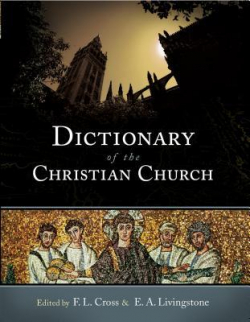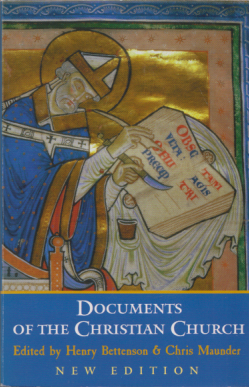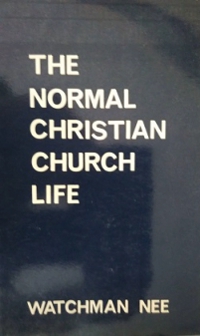Penguin history of the church The Christian Church in the Cold War
Buy online ($)
Type
Book
Authors
ISBN 10
014012540X
ISBN 13
9780140125405
LCCN
93234680
OCLC
28894229
Category
Missionary ( 宣教研究 )
[ Browse Items ]
Publication Year
1993
Publisher
Volume
7
Pages
240
Subject
BR735
Series Name
Abstract
rom the end of the Second World War until the rise of Gorbachev the division of Europe was the central fact in world politics - for individuals, nations and the different Christian Churches. Amid the ferocious polemics of the Cold War era neutrality was impossible. The pressures of modernity led to the Second Vatican Council and affected Churches on both sides of the Iron Curtain. Almost all had to adapt to declining congregations, concerns about human rights and women's role in religion, and new attitudes to abortion, contraception and divorce. Yet day-to-day problems in the East and West were utterly different. In Eastern Europe, the Churches were victims of state control, savage ideological attacks, show trials and occasional physical violence. Critics dwelt on their sometimes inglorious record of compromise and collaboration under fascist regimes, despite the crucial role of the religious resistance in fighting Nazism. Later Church leaders - Catholic, Protestant and Orthodox - often continued to tread a delicate path, but Polish priests helped to oversee the birth of Solidarity, and oppressed nations drew hope from the symbols and ceremonies of their Christian past. Successive Popes, meanwhile, were torn between hatred for Marxism's militant atheism and a pragmatic desire not to endanger the Catholics of Eastern Europe. The post-war West, by contrast, has seen different countries adapting their own complex arrangements about relations between Church and State. Traditional practices in the great monastic orders, the language of the liturgy and pilgrimages to saints' shrines came under fresh scrutiny, although the charismatic movement proved astonishingly successful. Yet how deeply have the churches come to terms with the fierce winds of modernity? Where religion is tolerated, and even encouraged, do people truly believe what East Europeans know from bitter experience - that 'the religious conscience is an ultimate safeguard of human freedom'?
Description
pt. 1. Eastern Europe -- 1. The beginnings of the Cold War -- The Russian conquests -- Reconstruction -- The morality of Tyrannicide -- The Federal Republic of Germany -- Christianity and the Holocaust -- Pope Pius XII and Communism -- 2. The attack upon Christianity in Eastern Europe -- The secular Rites -- Monks and Nuns -- The State control of the Churches -- The Christian cooperation 3. Violence -- Albania -- The destruction of the Uniats -- 4. Show trials -- Tiso in Slovakia -- Stepinac in Yugoslavia -- Mindszentry in Hungary -- 5. The effects of the Marxist attack -- pt. 2 Western Europe -- 6. The West and Marxism -- The second Vatican council and the Cold War -- Religious Liberty -- the Council and communism -- 7. The way of worship -- 8. Charisma -- 9. The ministry -- Married priests -- The Ordination of women -- Retirement age -- 10. Monks and Nuns -- The historic orders -- Mount Athos -- Other Greek Monasteries and Nunneries -- Protestant Monks and Nuns -- Taize -- 11. Ethics -- Divorce -- Contraception -- Abortion -- Torture -- 12. Church and state in Western Europe -- Constitutions -- Taxes -- The Head of the State -- Movements to Separate Church and State -- Spain -- Greece -- Germany -- Switzerland -- 13. Perestroika -- The election of Pope John Paul I. in 1978 -- The Election of Pope John Paul II in 1978 -- Gorbachev.
Number of Copies
1
| Library | Accession No | Call No | Copy No | Edition | Location | Availability |
|---|---|---|---|---|---|---|
| Library 4 ( Old Books Storage Area ) at Lindfield Library | 7557 | MI 0330.0000 | 1 | Yes |




